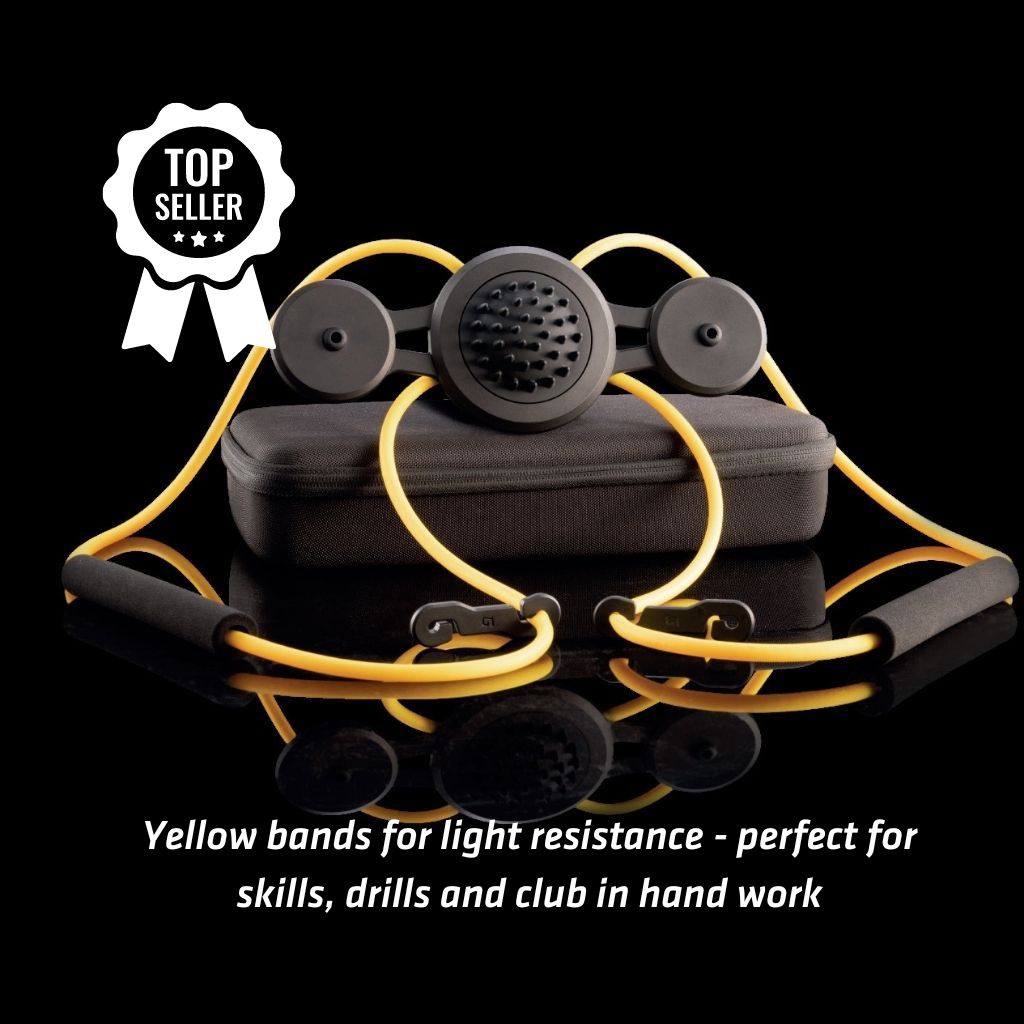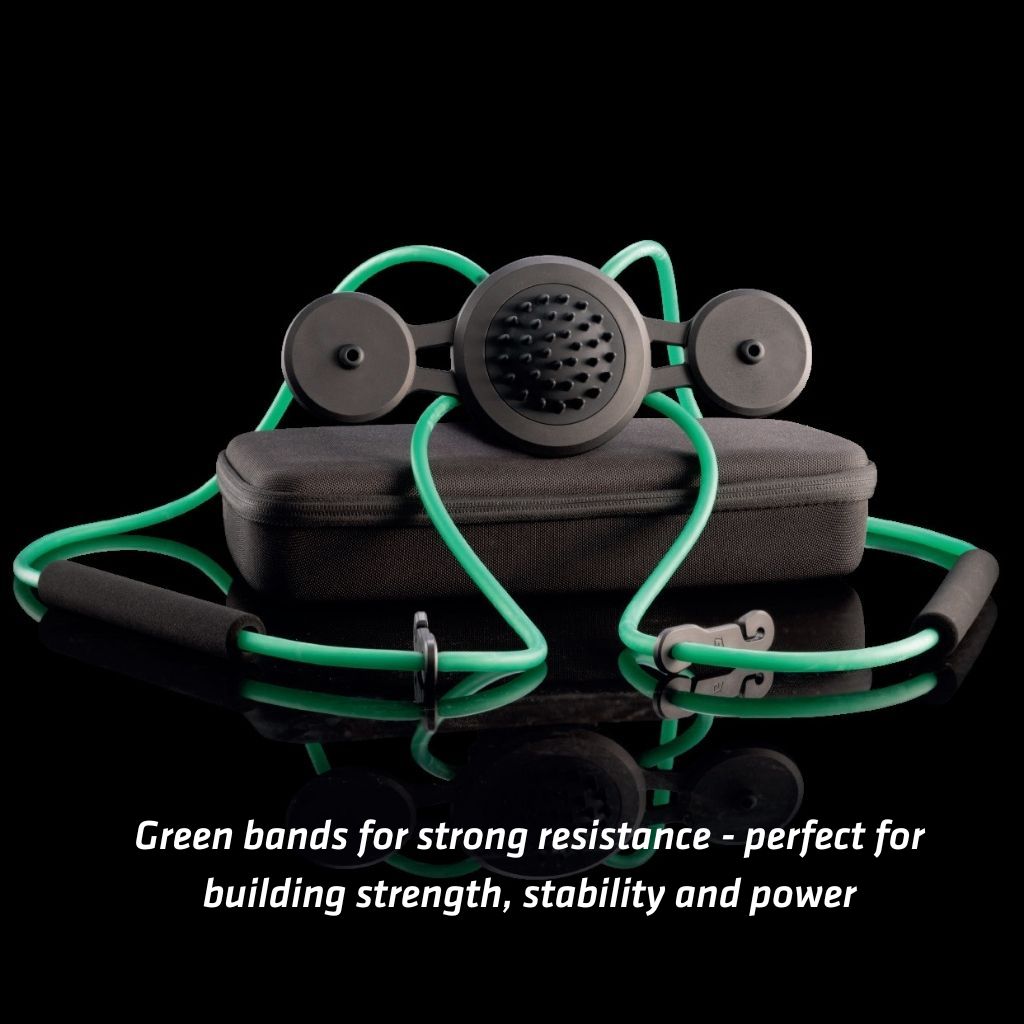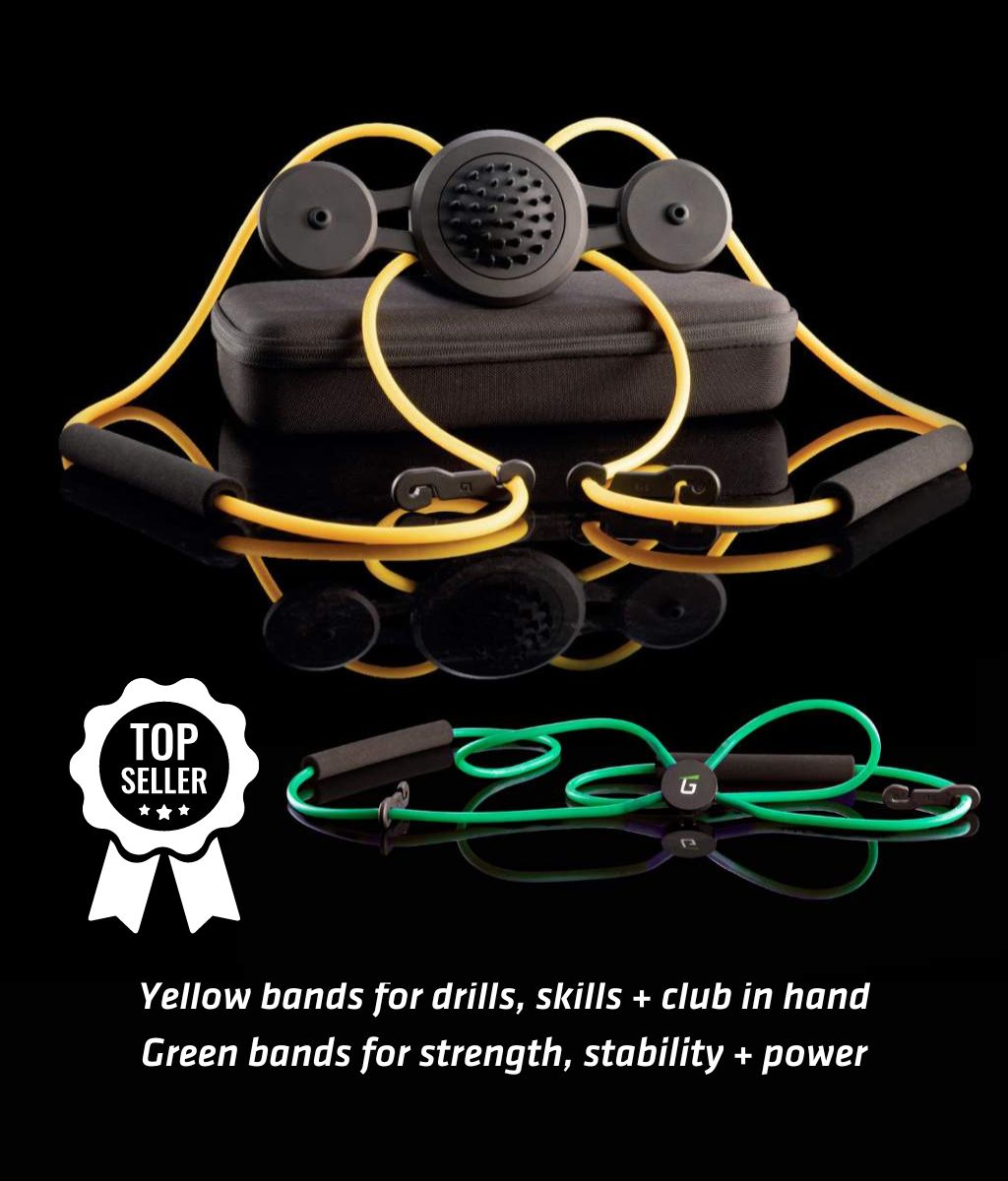Your Cart is Empty
Much has been written about the putting yips over the years, with many different proposed explanations. They have been attributed to nerves, anxiety, focal dystonia and even, as Tommy Armour famously put it: “a brain spasm that impairs the short game.”
While the true source of the putting yips remains unknown, what it looks like is very obvious. It’s for that reason — and my lack of neurological training — that I’ll be focusing on the mechanical side of the problem that plagues so many people.

Explanation
What we see here is lead wrist extension and trail wrist flexion. Simply put, the bottom hand takes over the stroke with three main disastrous effects for control of the putter face.
- Adds too much loft. Basically, the ball gets slightly airborne straight off the putter face. This compromises the ball roll and changes dynamic launch angle, creating unnecessary backspin. All putters have a small amount of loft built into the design (typically 2-4 degrees) to help lift the ball out of the depression that it sits in on the green, so there is no need to add more loft with your putting stroke.
- Toe moves faster than heel. This causes the putter face to close at a rapid rate, leading to pulls or pushes due to the extra timing involved in attempt to square up the club face.
- Off-center strike. I also see yippers actually missing the center of the club face more often than not. The same aggressive rise angle of the putter that adds loft can also produce a putt that strikes the ball below the vertical sweet spot on the putter. The subsequent loss in ball energy makes direction and speed issues inevitable.
So we have a trio of unwanted outcomes from this simple fault; the ball jumping off the face and heading left or right with unpredictable speed — not a great formula for holing putts!
We know that for putts to go in the hole, they need to be hit on the correct line with the associated correct speed. Putting is hard and there are narrow margins for success. A positive outcome is a lot less likely with a yippy stroke. What often makes things worse is when the yipper knows the yip is coming, and he or she attempts to compensate for it. That appears to have happened to Ernie Els when missing this tiddler.
With the anchoring of putters now banned in competitive play, our plausible alternatives are limited to the cross-hand grip, claw grip or some other variation or differing style that aims to reduce the involvement of the wrist. The solution I am going to propose will allow you to keep your regular grip, but instead uses kinaesthetic (touch) feedback to encourage the correct movement.
Clarification
Before describing what I’m doing in the video above, it’s important to clarify what I feel should happen in a solid putting stroke. I like to see a slight forward press of the hands (if you have a putter with any offset configuration, as most do) with less extension in the lead wrist and more extension in the trail wrist, as demonstrated below.

From there, I like to see the movement be driven by the rotation of the t-spine (trunk or thorax) as the dominant source of motion as opposed to wrist, elbow or shoulder movement. I feel like many yippers get into trouble from the start with poor posture, hands behind the ball and with a backstroke that is too high. Then we see the classic move into impact as the body stalls and the wrists take over.
Solution
Back to the video of me hitting a putt with the bands. The device I’m using is called a GravityFit TPro, and it performs three really useful functions. First, it gives me feedback as to whether I’m in good posture. I believe that having a properly organized spine and shoulder blade position is critical to making a good stroke driven from rotation of the t-spine.
The second benefit I get from the equipment is the feedback on whether I’ve made the movement correctly. If the body stalls out and hands or arms take over, I will lose connection of my shoulder blades with the paddles on either side. It’s like a closed feedback loop, constantly telling me if I’m doing a good job or not with my rotation.
The third function involves the bands. As you can see in the photo below, I loop these around the thumb of the left hand and over the palm of the right hand. This actually wants to pull my left hand in to flexion and right in to extension, which we know is the opposite of what happens when we make a yippy stroke.

So now I’m being told if my posture is set right, if I’m rotating properly and I’ve got anti-yip guidance from the bands. My recommendation is do plenty of reps using the TPro away from the golf course, perhaps at home in your living room. When you go to the putting green, start off by hitting 10-15 footers to no target in particular to adjust to the different feels and get used to getting a quality strike. Then slowly make your way to the dreaded short putt range and calmly knock them in.
Like anything that involves a change in technique, it’s going to take a few reps to make a difference. The beauty of using the TPro is you can do it at home — with or without a putter. It’s also going to have a useful side effect of improving your posture, which most of us could benefit from!
For more info on my short game coaching services, drop me an email: mballard@pgamember.org.au




